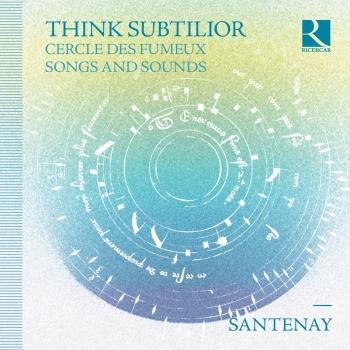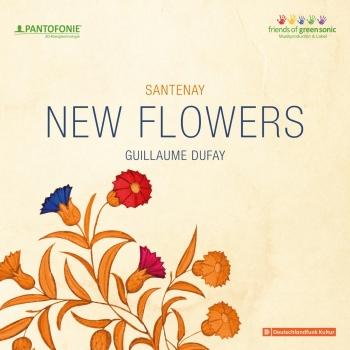Santenay
Biography Santenay
Ensemble Santenay
The fascination with music of the middle ages led to the creation of Ensemble Santenay in 2004. Initial independent exploration of the repertoire led to several years of collaboration with medievalist pioneer Kees Boeke as a part of a study at the academy of music in Trossingen, Germany.In 2008 the ensemble relieces it’s Debut CD Santenay- LIVE. Numerous Performances led these four friends from, Israel, France, Germany and Transylvania throughout Europe. The origin of the Ensemble’s name is a town in the former duchy of Burgundy.
Santenay sets Medieval and Early Renaissance music on instruments typical for the period, that is, on the recorder, the vielle, the lute and the organetto. In the original manuscripts there are no indications of instrumentation; therefore it is open to the musicians to decide on the most suitable instrument for each part. In addition to countless monodies, many three-part (and some two- and four-part) works were composed by fourteenth and fifteenth centuries court musicians.
The core of each piece is the tenor line (from latin: "tenere" meaning "to hold"). Santenay usually sets the tenor voice with the vielle, which, as a string instrument, is best suited for the long notes of the textless melody.
In perfect counterpoint to the tenor is the cantus line (from latin: "cantare" meaning "to sing"). When a text is present, Santenay sets this line with voice and an additional instrument such as the recorder or the organetto, which supports the singer and can take over the cantus in instrumental interludes.
The contrasting voice to the tenor is the countertenor, which offers divergent rhythms and harmonic elements with an improvisatory character. Santenay generally sets this part with the lute.












